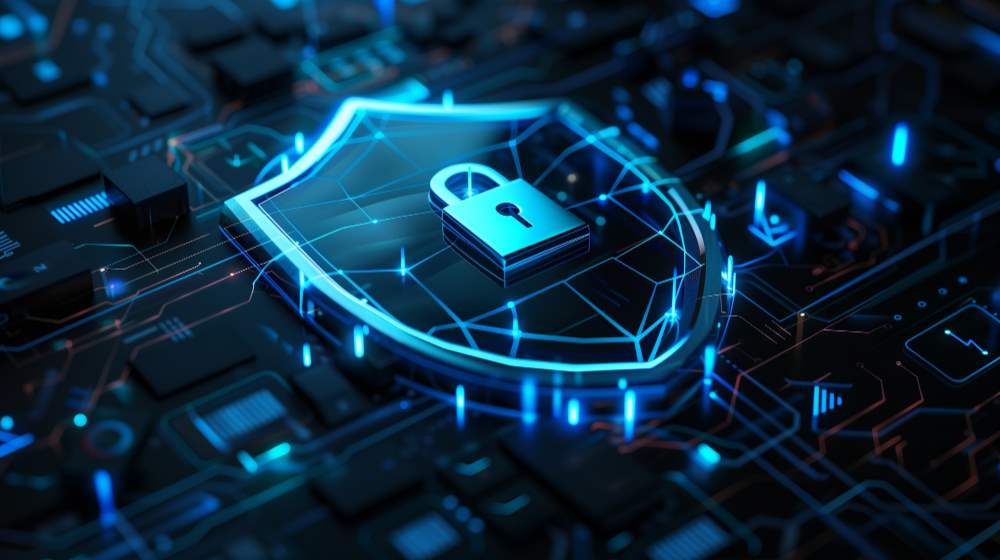According to a recent Wall Street Journal investigation, some iPhone thieves are taking advantage of a security feature known as the recovery key that makes it nearly hard for owners to retrieve their data, texts, images, and more. A few victims also informed the publication that after the crooks obtained access to their financial applications, their bank accounts were completely depleted.
It is crucial to remember, though, that this kind of takeover is challenging to execute. It involves a criminal seeing an iPhone user enter the passcode—for instance, by looking over their shoulder at a bar or sporting event—or forcing the owner of the device into giving the passcode. And that is all before them taking the gadget by force.
After that, a thief might use the passcode to modify the Apple ID of the device, disable "Find my iPhone" to prevent location tracking, and reset the recovery key—a complicated 28-digit code meant to shield its owners from cyber criminals.
In an attempt to increase user security, Apple requires this key in order to help reset or regain access to an Apple ID. However, if a thief changes it, the original owner will not have the new code and will be locked out of the account.
An Apple representative told CNN in a statement, "We sympathize with those who have had this experience and we take all attacks on our consumers extremely seriously, no matter how rare." "We constantly look into new measures against emerging attacks like this one and work tirelessly every day to protect our users' accounts and data."
Apple issues a warning on its website: "You are in charge of keeping access to your trusted devices and your recovery key." You risk having your account permanently locked out if you misplace either of these items.
According to Jeff Pollard, vice president and principal analyst at Forrester Research, the business needs to provide "means for Apple users to verify so they may change these settings" in addition to additional customer service choices.
However, there are a few actions consumers may take right now to safeguard themselves from experiencing this.
Protect the passcode
Safeguarding the passcode is the first step.
According to an Apple representative who talked with CNN, users can prevent anyone who might be monitoring from learning their passcode by unlocking their phone in public using Face ID or Touch ID.
Users can also configure an extended alphanumeric passcode that is more difficult for hackers to decipher. In addition, device users should update the passcode immediately if they think someone else may have seen it.
Screen Time settings
Another action someone might take is to look into a hack that has been making the rounds online but is not necessarily approved by Apple. The Screen Time feature on an iPhone gives parents the ability to impose limits on their children's device usage. One such restriction is the ability to create a backup password that must be entered by any user to successfully modify an Apple ID.
If this is enabled, before altering an Apple ID password, a thief would be asked for that secondary password.
Back up phone regularly
Lastly, consumers can safeguard themselves by routinely backing up their iPhones using iTunes or iCloud, which will allow data recovery if an iPhone is stolen. Simultaneously, users might want to think about putting sensitive files and data, like crucial images, in another cloud service like Dropbox, Google Images, Microsoft OneDrive, or Amazon Photos.
v
Although it will not prevent a malicious person from accessing the device, this should lessen some of the consequences if that were to occur.

-638606275506527249.jpg)